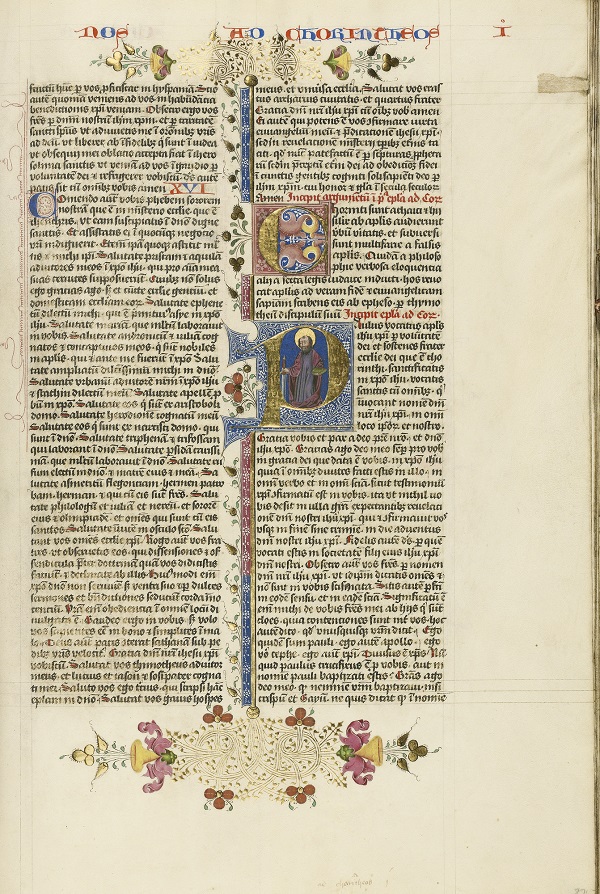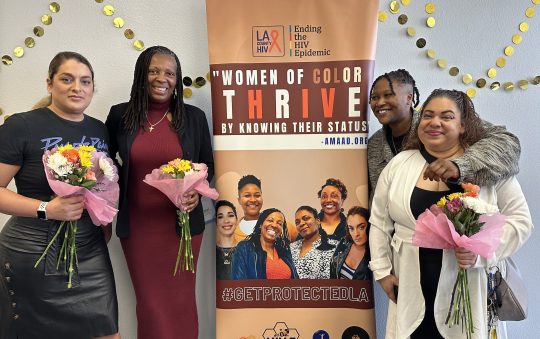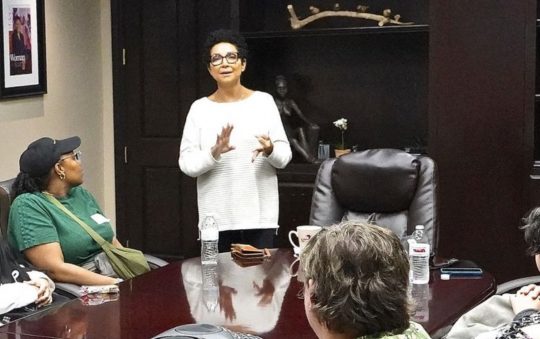
Sacred texts of the world’s top three religions – Judaism, Christianity and Islam – are on display at the J. Paul Getty Museum. But, most distinctive about the medieval manuscripts are the beautiful illuminated drawings throughout each piece.
The exhibit, “Art of Three Faiths: A Torah, A Bible, and A Qur’an,” showcases the similarities of the religions, who all consider Abraham as their patriarch and all believe in the concept of a singular God.

The Rothschild Pentateuch or Torah, which was recently acquired by the Getty, dates from the mid-13th century. Its brightly colored illuminations feature real and imaginary animals, decorative frames around blocks of text, and a glowing gold menorah.
The bound and illuminated Christian Bible contains the Hebrew Bible as well as the New Testament. The medieval text is decorated with a detailed, vibrant image of Apostle Paul along with radiant initial letters denoting the beginning of a chapter.
The Qur’an manuscript is highlighted with ornate and intricate gold calligraphy. According to the Getty, artists incorporated Quranic verses into books, textiles, coins, ceramics and architecture to demonstrate reverence for the written word.

“The three objects on display are exceptionally beautiful artworks that we hope will spark meaningful dialogue among various audiences,” said Elizabeth Morrison, senior curator of Manuscripts at the Getty Museum. “Museums offer more than simply an aesthetic experience. Through exhibitions such as this one, they foster a deeper understanding of history that helps us to reflect on our own shared experiences.”
“This [exhibit] enables us to tell a story that is more about commonalities than differences and we find this particularly important during these problematic times,” said Dr. Kristen Collins, curator of Manuscripts.
“Art of Three Faiths” will be on display at the Getty through Feb. 3, 2019. To learn more, visit getty.edu.






